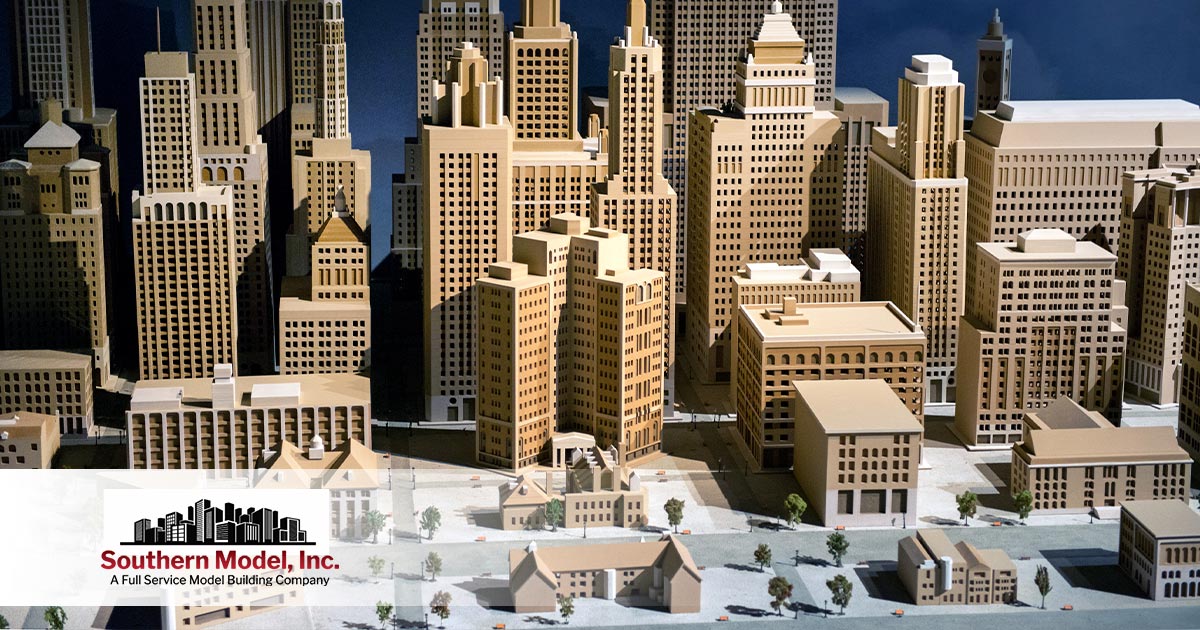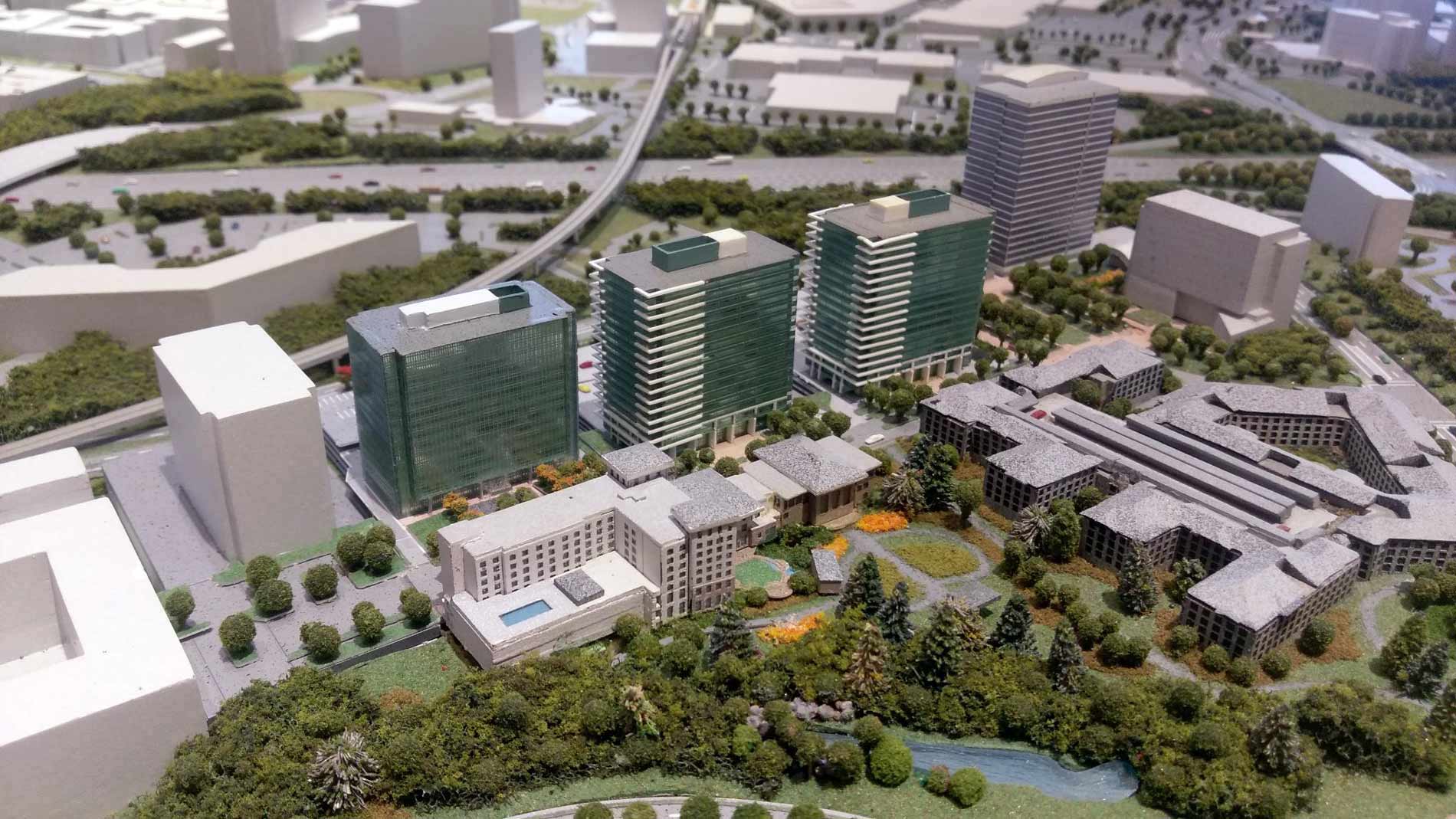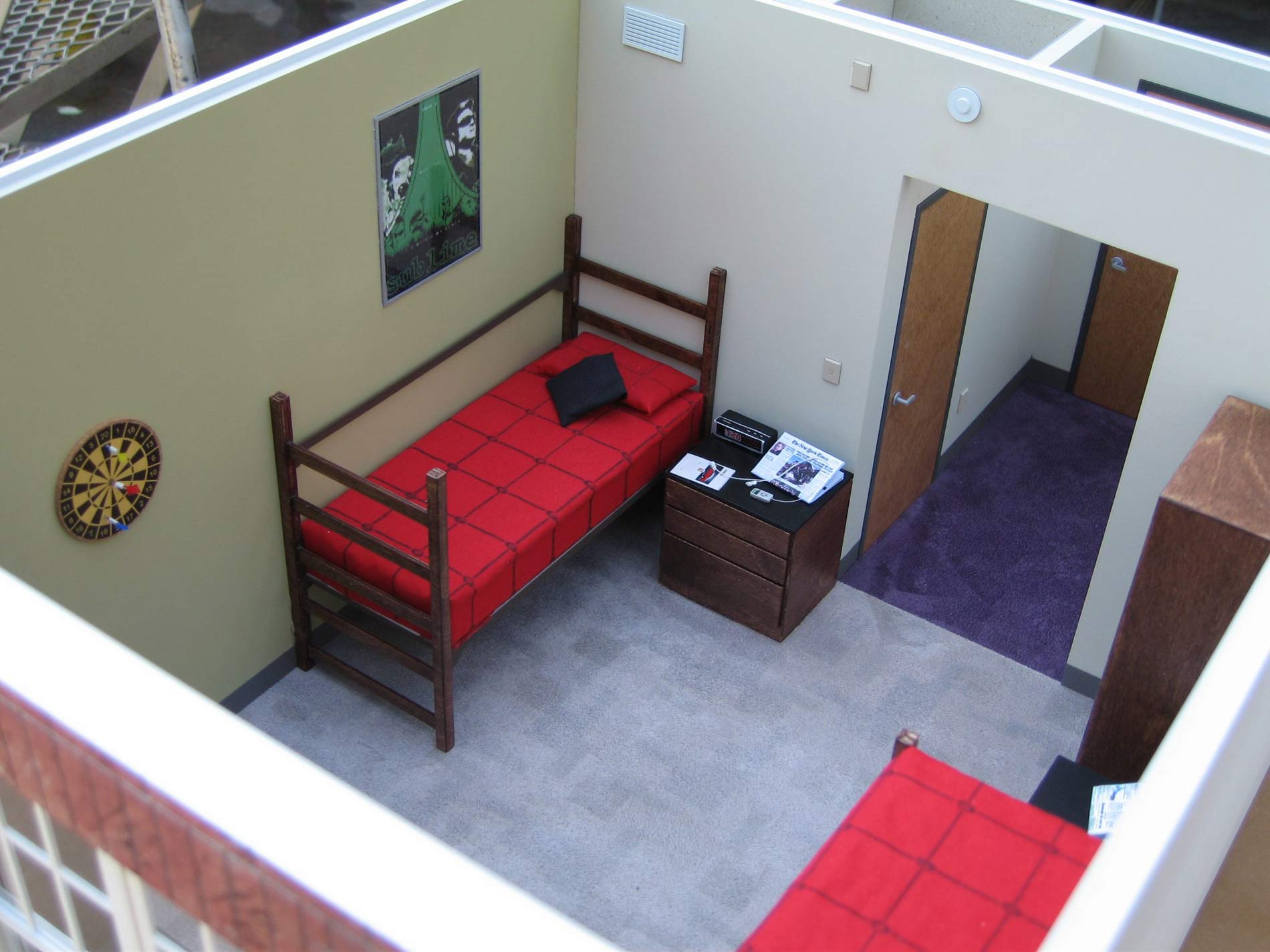
Architects build countless models during their academic tenure as part of their coursework. Chipboard, cardboard, museum board, foam, core, basswood, you name it, an architectural student has built it. In the real world, as society becomes more dependent on computers, physical architectural models are becoming a lost means of communicating ideas. There is a place for physical and 3D models in the architectural world.
What is an Architectural Model?
When discussing architectural models, they are defined as a scale model or physical representation of a building that is created to study the various design aspects of a concept or to discuss design ideas. Architectural miniatures have been used for millennia by builders, dating as far back to the Tarxien Temples from 3150 B.C. Malta.
Architectural models are used for two primary purposes:
Ad Hoc
Ad hoc versions study the interaction of various viewpoints, volumes, and concepts throughout the design process. They can be helpful when explaining unusual and complicated designs to builders but are also a topic of discussion between consultants and designers.
Presentation
Presentation miniatures visualize, exhibit, or sell a design to a client. This type of model is meant to show the features of a building like the reception area or can be used as a museum exhibit as replicas of ancient constructions.
There are five main types including:
Construction Models
Construction or engineering models highlight individual building or structure components and elements with their interactions.
Exterior Models
Exterior versions display the exterior of buildings with civic spaces or landscaping around the building.
Interior Models
Interior options are used for space planning, colors, furniture, finishes, and overall beautification of a room or entire structure.
Landscaping Models
Landscaping miniatures showcase a landscape design and feature pergolas, walkways, small bridges, gardens, vegetation patterns, and other types of beautification. This type of model only highlights public spaces with the occasional building.
Urban Models
Urban models are built at a small scale to represent many city blocks, a large resort, military base, campus, industrial facility, an entire town, etc. These are an essential resource for city development areas and planning.

Why are 3D Models So Expensive?
While visualizing a 3D architectural model, you may think that the task is simply processed using a well-equipped computer so why is it so expensive?
There are four main reasons:
Initial Information
Every 3D rendering requires a 2D diagram or drawing which is then used to create the 3D visualization. The 3D artists take the time to analyze the 2D drawing and understand the purpose of the source material by placing materials and textures to specific locations.
In many cases, the 3D team receives the file with conflicting objects, unidentified materials, or incorrect details which causes rendering issues. Remember, the 2D team is looking at this from a 2D perspective so it may not always translate perfectly to the 3d rendering. This takes time to work through the kinks.
Model of the Surroundings
The next step is to create a visual representation of the entire project which includes various construction details. Many details can easily be manipulated during the 3D modeling, but other requirements need more details to create realism.
Interior Details
An architectural modeling project is not complete once the externals are determined. Instead, a complete 3D visual package, including the interior details, is required. The interior design aspect of a project can be challenging for a 3D artist, especially if the client is requesting specific furnishings. This means that custom miniatures are required instead of selecting from a library. 3D furniture miniatures are expensive and holding a large library for customer viewing is passed onto the client.

Postproduction
These first three steps are expensive and time-consuming when trying to visualize the exact customer requirements. The post-production process still presents many challenges when adding realistic aesthetics like lighting amendments, colors, and other details. The post-production aspect of a 3D model is the final and ultimate step to bring the entire project together.
What Materials Do Architectural Models Use?
When creating a physical architectural model, the structure can quickly be created with wooden blocks, cardboard, foam, polystyrene, foam boards, and various other materials. Historically, architects used balsa wood, basswood, card, stock, and various other types of natural materials to create them. Modern professionals utilize task boards, wood, plastics, wood-plastic composites, urethane, and foam.
To simplify the physical modeling process, multiple companies manufacture ready-made pieces like beams, girders, furniture, siding, vehicles, bushes, trees, and people. Scenery elements, like streetlights, trees, and other external objects help define the scale and proportions while beautifying the model.
How Much Does It Cost to Get a 3D Model Made?
While the cost of a 3D model can vary based on many of the previously listed factors and the overall size can range from $1,000 into the $10’s of thousands. A 3D model with a 250 x 200 x 200mm footprint can cost between $1,000 and $2,300. Increasing the size and complexity with bringing that cost up significantly more.
Physical and virtual 3D modeling can range greatly in price due to the size, interior and exterior details, overall complexity, and time frame for completion. However, they serve the helpful purpose of allowing you to view your dream home, office building, industrial park, military base, etc. at an understandable scale while working out many kinks!
